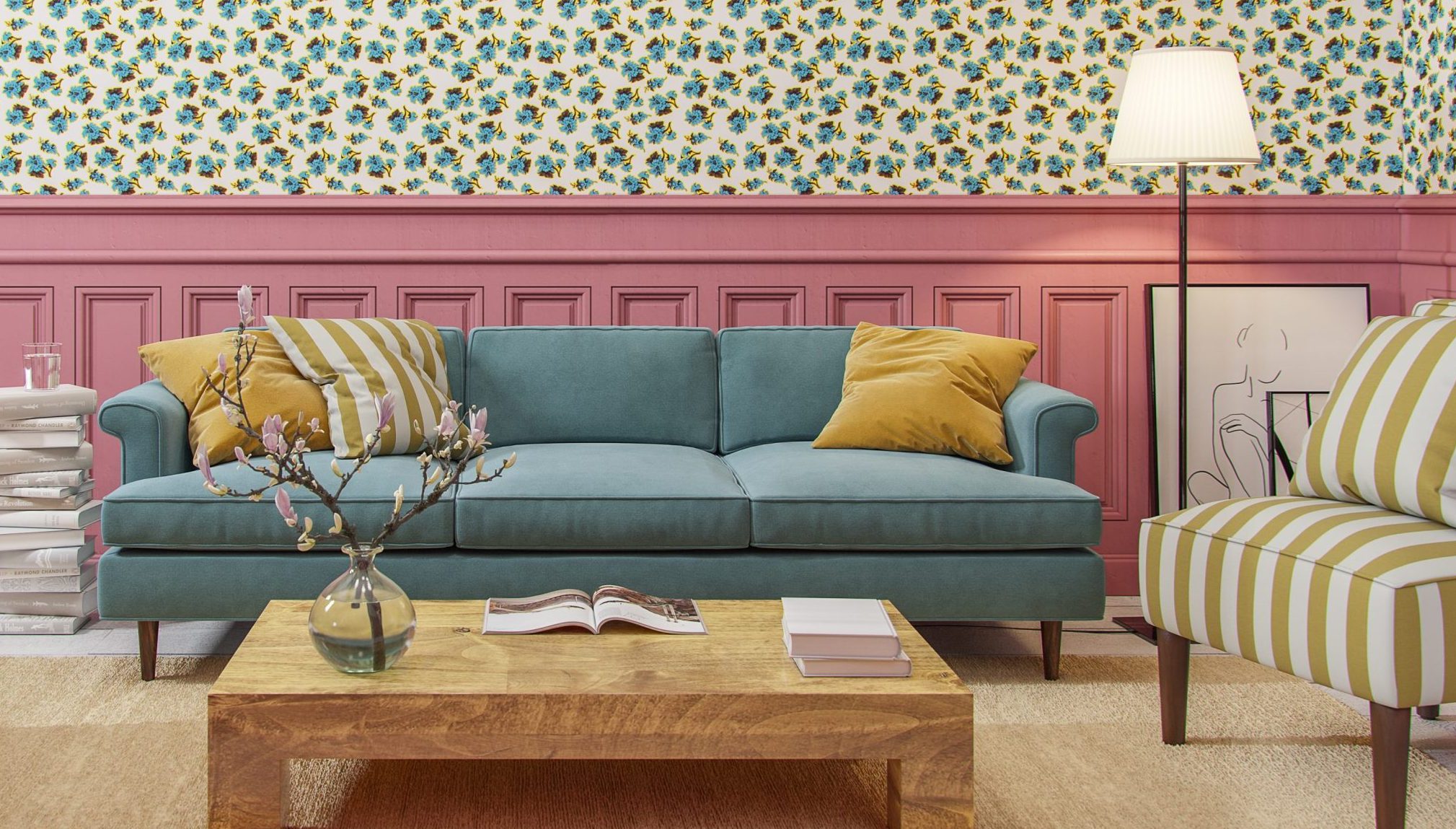Introduction:
Leather vs fabric sofa – Choosing between a leather and fabric sofa is a significant decision when furnishing your living space. Each material offers unique characteristics, aesthetics, and considerations that can impact your comfort, style, and maintenance routine. In this comprehensive guide, we’ll delve into the differences between leather and fabric sofas, helping you make an informed decision that aligns with your preferences and lifestyle.
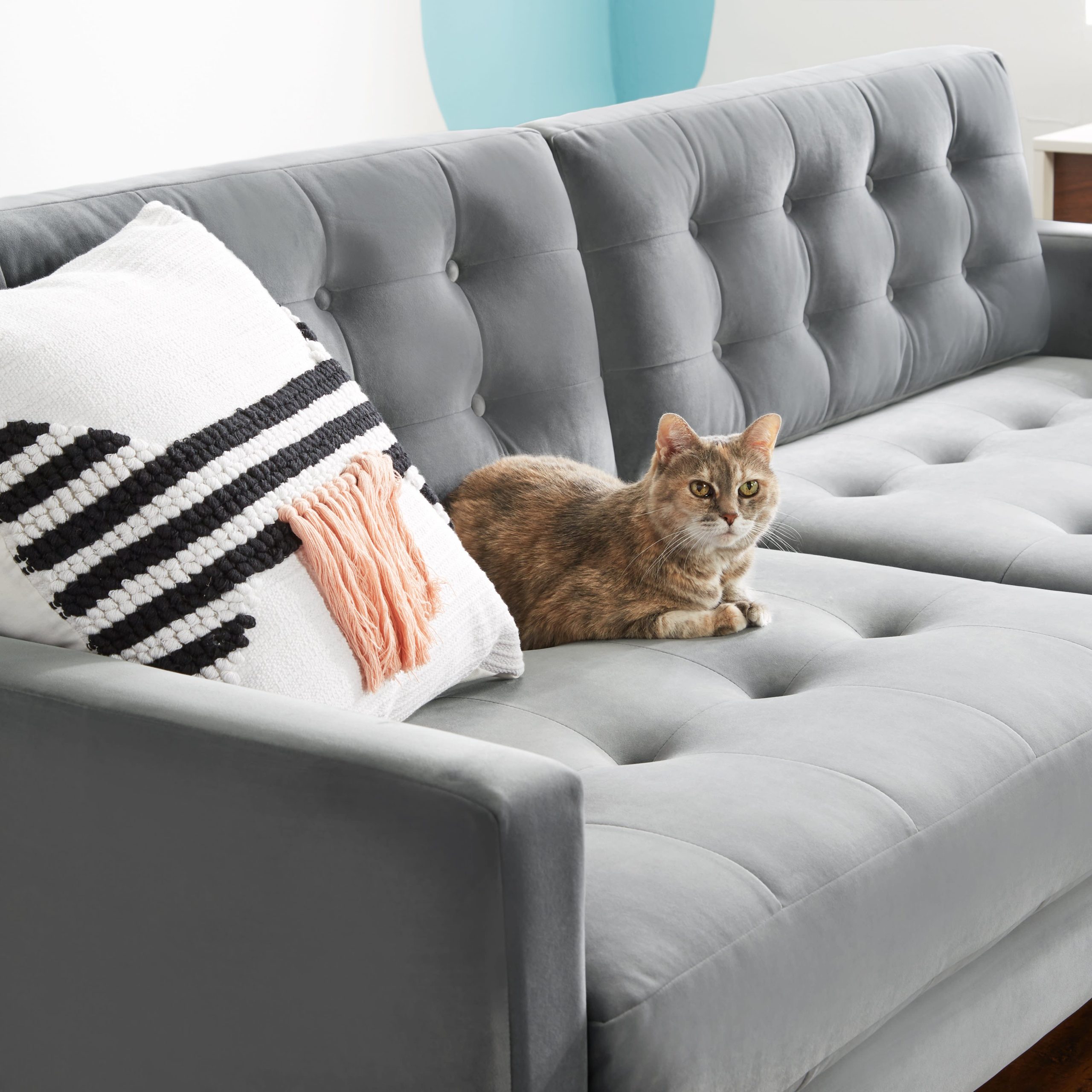
1. Aesthetics and Style:
Leather Sofas:
- Timeless Elegance: Leather sofas exude a classic and sophisticated vibe, adding a touch of luxury to any room.
- Versatile Appeal: Available in various colors and finishes, leather sofas can complement both traditional and modern decor styles.
- Patina Development: Over time, leather develops a rich patina that enhances its character and charm, adding warmth and depth to the furniture.
Fabric Sofas:
- Variety of Options: Fabric sofas offer endless possibilities in terms of colors, patterns, and textures, allowing you to express your personal style and create a customized look.
- Cozy Comfort: Fabric upholstery provides a soft and inviting feel, making it ideal for lounging and relaxation.
- Easy Updates: With fabric sofas, you can easily change the look of your space by switching out slipcovers or upholstery fabrics, providing flexibility as your decor preferences evolve.
2. Comfort and Feel:
Leather Sofas:
- Initial Firmness: Leather sofas may have a firmer feel initially, but they gradually conform to your body’s contours over time, offering a supportive and comfortable seating experience.
- Temperature Regulation: Leather naturally adapts to room temperature, providing a cool feel in summer and a cozy warmth in winter, ensuring year-round comfort.
Fabric Sofas:
- Softness and Plushness: Fabric sofas typically offer a softer and more cushioned feel, enveloping you in comfort for extended periods of relaxation.
- Breathability: Fabrics allow for better air circulation, preventing the buildup of heat and moisture, which can contribute to a more comfortable seating experience, especially in warmer climates.
3. Durability and Maintenance:
Leather Sofas:
- Longevity: High-quality leather sofas are durable and resilient, capable of withstanding years of use without showing significant signs of wear.
- Easy Cleanup: Leather is relatively easy to maintain and clean, as spills and stains can be wiped away with a damp cloth, making it suitable for households with children or pets.
Fabric Sofas:
- Stain Resistance: Some fabric upholstery options come treated with stain-resistant finishes, offering added protection against spills and accidents.
- Cleaning Considerations: Fabric sofas may require more frequent cleaning and maintenance, as dirt, dust, and stains can become more noticeable over time, requiring professional cleaning or spot treatment.
4. Cost Considerations:
Leather Sofas:
- Investment Piece: Leather sofas often come with a higher upfront cost compared to fabric counterparts due to the quality of materials and craftsmanship involved.
- Long-Term Value: Despite the initial investment, a well-maintained leather sofa can retain its value over time and may even improve with age, making it a worthwhile investment for the future.
Fabric Sofas:
- Budget-Friendly Options: Fabric sofas are available at a wide range of price points, making them accessible to various budget constraints and preferences.
- Affordability vs. Longevity: While fabric sofas may offer initial cost savings, lower-priced options may be less durable and require more frequent replacement or refurbishment, impacting long-term cost considerations.
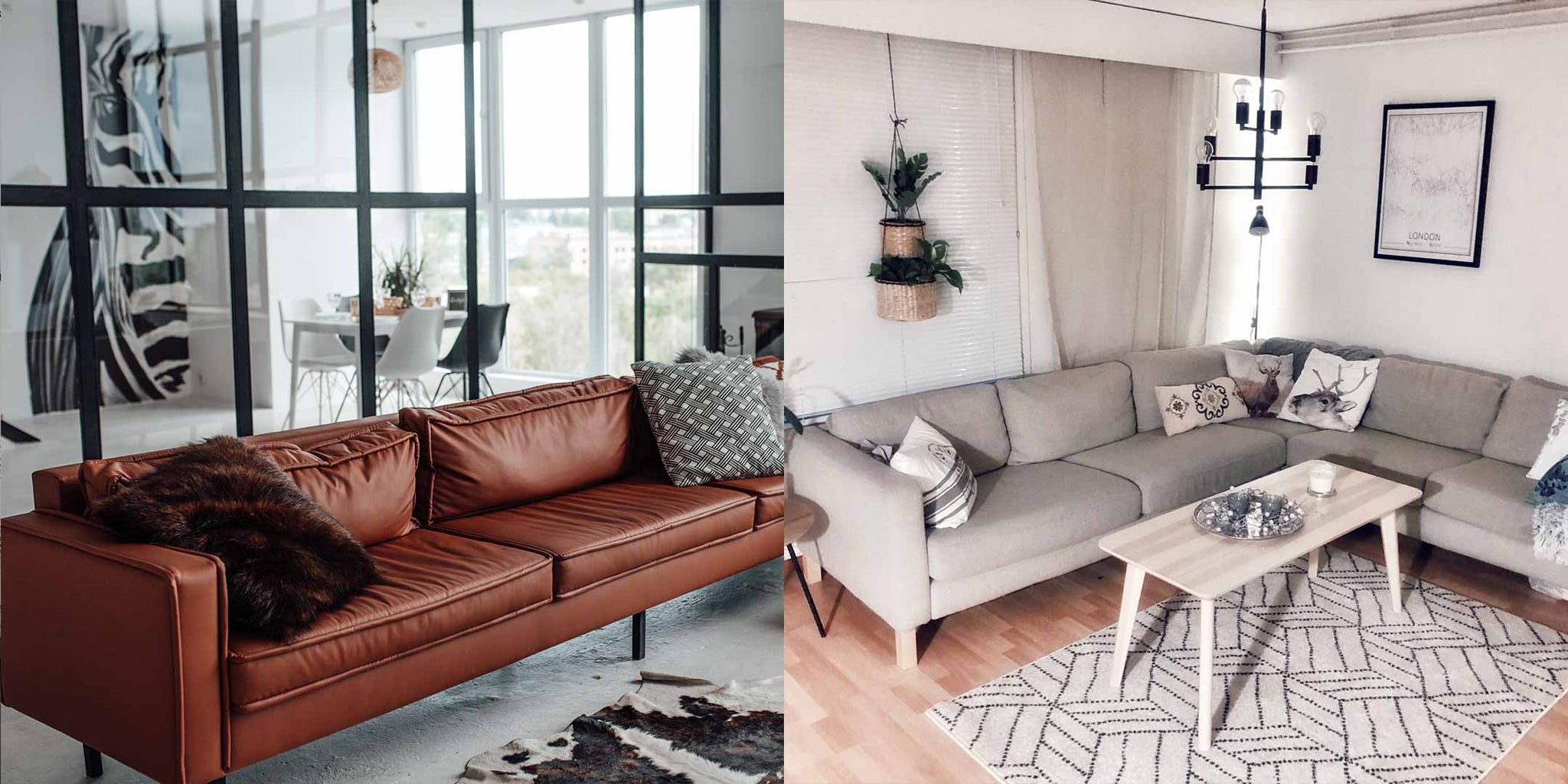
5. Maintenance and Care:
Leather Sofas:
- Conditioning: To maintain the suppleness and luster of leather, regular conditioning is recommended. Applying a leather conditioner every six to twelve months can help prevent drying, cracking, and fading.
- Protection from Sunlight: Direct sunlight can cause leather to fade and deteriorate over time. Positioning your leather sofa away from windows or using window treatments to block UV rays can help preserve its appearance.
- Avoiding Harsh Cleaners: When cleaning leather, it’s important to use mild, pH-balanced cleaners specifically formulated for leather upholstery. Harsh chemicals and abrasive cleaners can damage the leather’s finish and integrity.
Fabric Sofas:
- Vacuuming: Regular vacuuming with a soft brush attachment helps remove dust, debris, and pet hair from fabric upholstery, preventing them from embedding into the fibers.
- Spot Cleaning: Promptly attend to spills and stains by blotting them with a clean, absorbent cloth. Avoid rubbing, as this can spread the stain and damage the fabric. Use a gentle upholstery cleaner or mild detergent diluted in water for more stubborn stains.
- Professional Cleaning: Periodic professional cleaning is recommended for fabric sofas to deep clean and revitalize the upholstery. Professional cleaners have the expertise and equipment to safely remove dirt, stains, and odors without causing damage to the fabric.
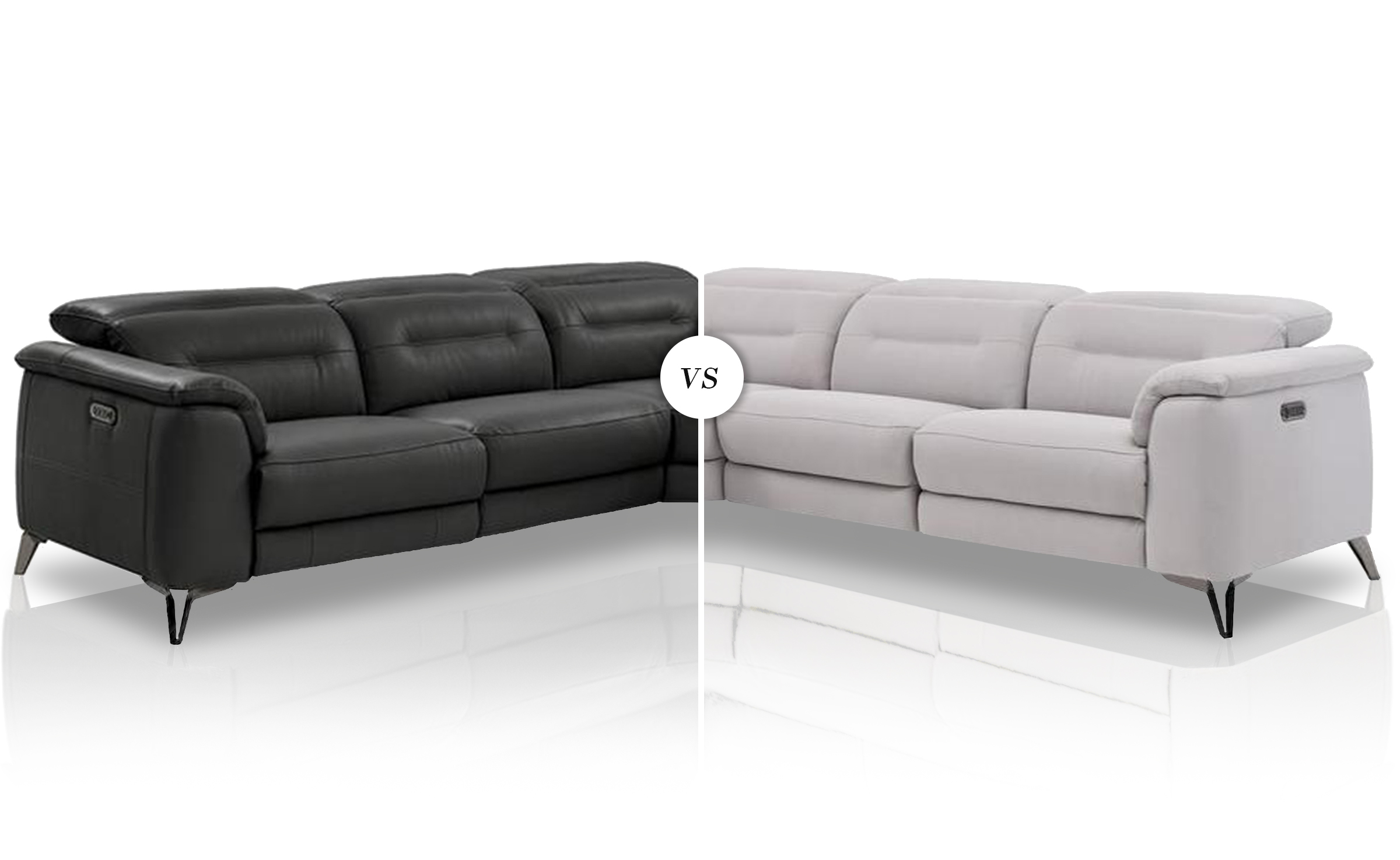
6. Lifestyle Considerations:
Leather Sofas:
- Pet-Friendly: Leather sofas are relatively resistant to pet scratches and stains, making them a practical choice for households with furry companions.
- Allergy-Friendly: Unlike fabric upholstery, leather does not trap allergens such as dust mites, pet dander, and pollen, making it a suitable option for individuals with allergies or respiratory sensitivities.
Fabric Sofas:
- Kid-Friendly: Fabric sofas provide a softer and more forgiving surface for children to play and lounge on, reducing the risk of bumps and bruises compared to hard leather surfaces.
- Customization Options: Fabric sofas offer endless customization options, allowing you to choose the perfect color, pattern, and texture to complement your decor and personal style preferences.
7. Environmental Impact:
Leather Sofas:
- Sustainability Concerns: Leather production involves the use of animal hides, which raises ethical and environmental considerations related to animal welfare and resource consumption.
- Environmental Footprint: Leather tanning processes, especially those involving chrome or other chemical treatments, can have adverse environmental impacts, including water pollution and habitat destruction.
Fabric Sofas:
- Eco-Friendly Options: Many fabric upholstery materials are available in eco-friendly and sustainable options, such as organic cotton, linen, hemp, and recycled fibers, reducing the environmental footprint of your furniture choices.
- Reduced Carbon Footprint: Choosing fabric sofas made from sustainable materials and manufactured using eco-conscious practices can help minimize greenhouse gas emissions and promote environmental stewardship.
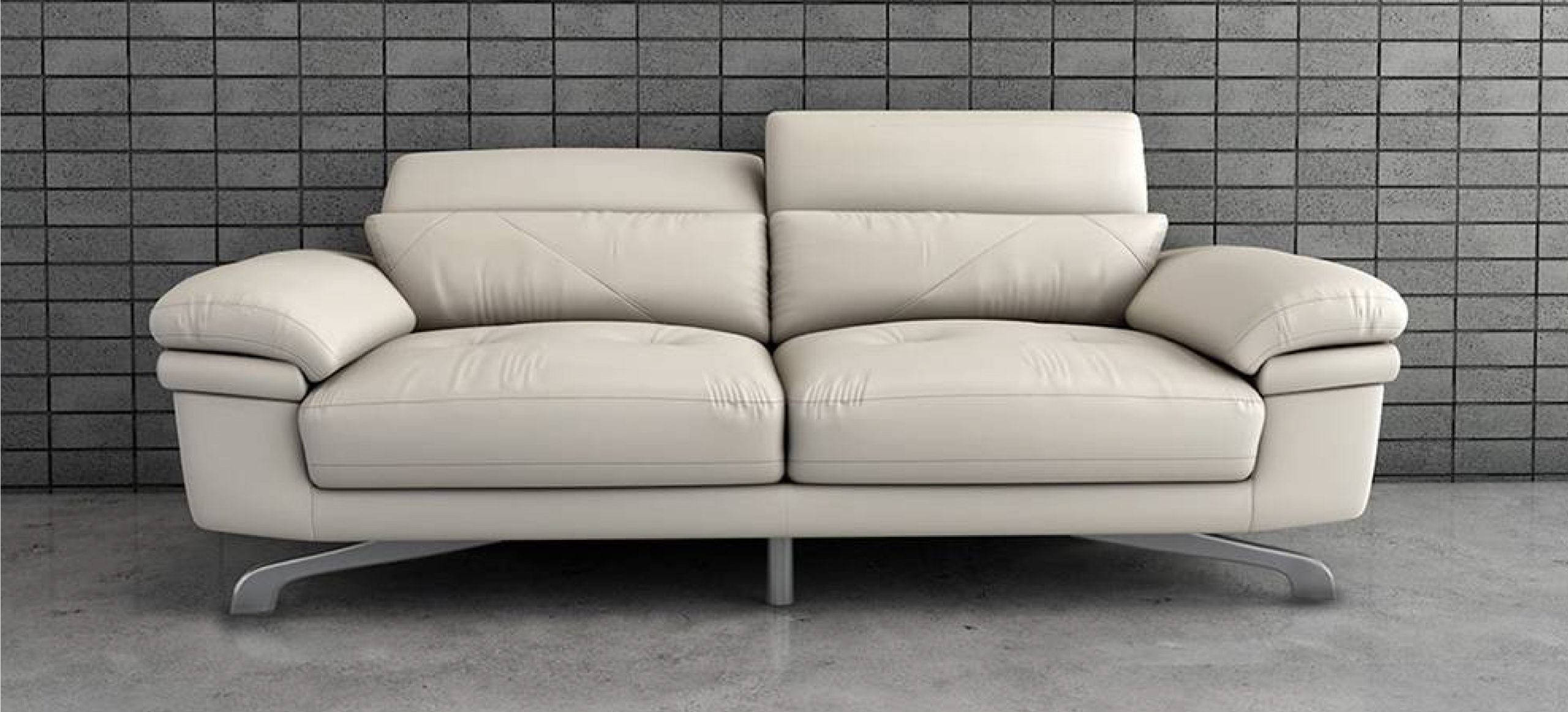
Conclusion:
Choosing between a leather and fabric sofa ultimately comes down to your personal preferences, lifestyle, and priorities. Consider factors such as aesthetics, comfort, durability, maintenance, and budget when making your decision. Whether you opt for the timeless elegance of a leather sofa or the cozy comfort of a fabric sofa, investing in high-quality furniture that suits your style and enhances your living space will bring years of enjoyment and satisfaction.

